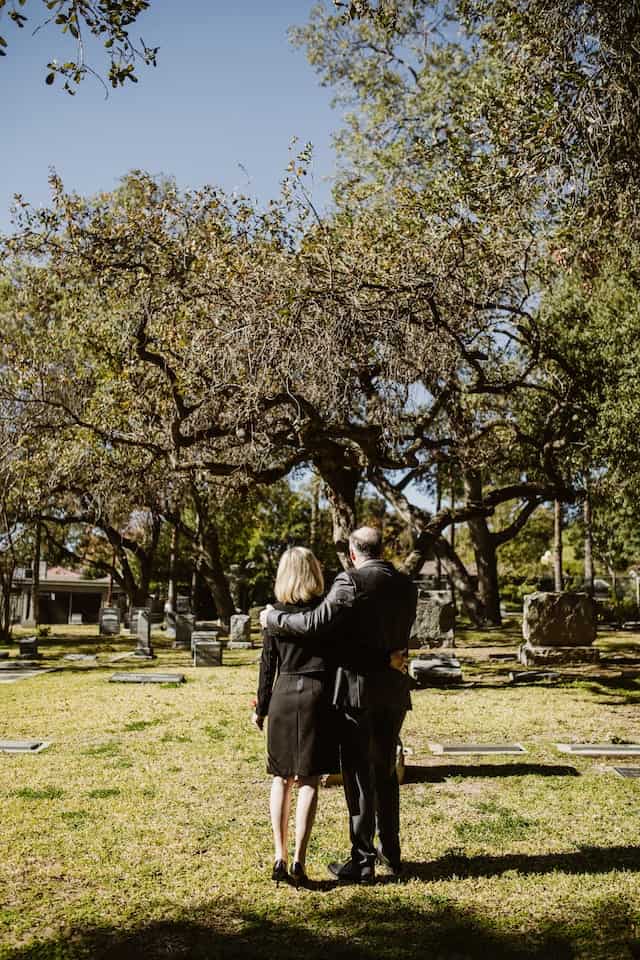Cemeteries in Pittsburgh, PA, stand as silent witnesses to the lives and tales of countless individuals who have trod the city’s streets. Encapsulating generations of people, these silent fields of stone state a universal truth about our mortality and our enduring need for connection even in death.
The Historical Context
History tells us that the concept of designated burial sites dates back thousands of years, predominantly concerned with the respect and veneration of ancestors. In more recent history, particularly from the 19th century onwards, these burial grounds began to reflect societal realities and precedents of the times.
Status Symbols and Social Standing
Cemeteries, both historically and presently, do illustrate societal status. Monumental tombs decorated with intricate designs, spread over vast areas, often interred the gentry. In contrast, the less privileged were accorded smaller areas, often marked by a modest stone.
A Vital Nexus for Grieving
Cemeteries have a significant role in remembrance and mourning. They offer a physical location people can visit to feel a presence, a connection with their departed beloved. By doing so, these locations provide an outlet for grief, enabling individuals to engage in the healing process.
Spiritual Sentiments
From the interment to the ceremony that follows it, graveyards offer sacred grounds where the dead can rest in a state of eternal peace. They provide people with the comforting belief that their loved one’s soul will be in serenity and close to the divine.
Conservation Grounds
Interestingly, the shift towards ecological preservation has also seeped into bereavement practices. Cemeteries have emerged as lush green spaces within urban sprawls, maintaining biodiversity by offering shelter to various bird species, insects, and other micro-ecosystems.
Outdoor Historical Museums
Graveyards are a walk down the corridor of history. The epitaphs on tombstones narrate tales of personal history, cultural shifts, and prominent figures from the city’s past. Similarly, cemetery architecture offers a glimpse into the artistic sentiment of different eras.
Amid the rapid technological advancements and the shift to digital platforms, you may ask, why do we hold on to these traditional practices? As humans, our connections to the circles of life and death remain paramount to our existence, shaping our perspectives about the world and beyond.
As we’ve investigated the profound role of cemeteries, we discover that their pivotal part extends beyond being merely a storage space for our mortal remains. They operate not only as a bridge between our past and present, they also give shape to our beliefs, emotions, and societal norms.

Cemeteries in Pittsburgh, PA, including Oakland Cemetery, aid us in understanding death’s significant part in life. Their emphasis on the cycle of birth, life, and death ties us to our past, present, and future, uniting us in the imperceptible fraternity of humanity that defines us in the face of life and death.
The Oakland Cemetery, in particular, respects these traditions while offering a serene, nurturing environment for your loved ones’ final resting place. It’s not just about burial; it’s about honoring a life lived and appreciated.
By recognizing the importance and relevance of these tranquil spaces, we honor not just the lives of those who’ve passed, but we pay tribute to our shared human experience—the cycle of life and death that makes us who we are. Local institutions like Oakland Cemetery uphold and respect these traditions, proving that indeed, cemeteries like ours, continue to be an integral part of traditional burials.

